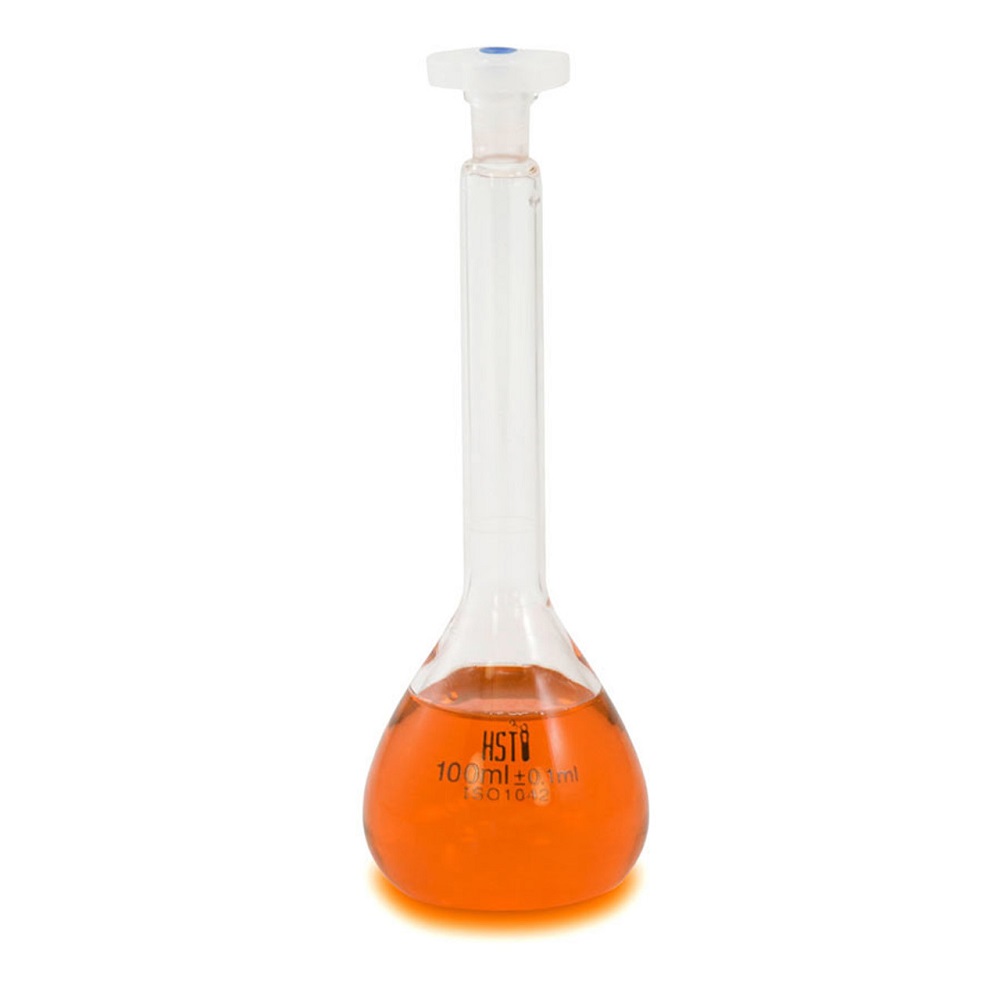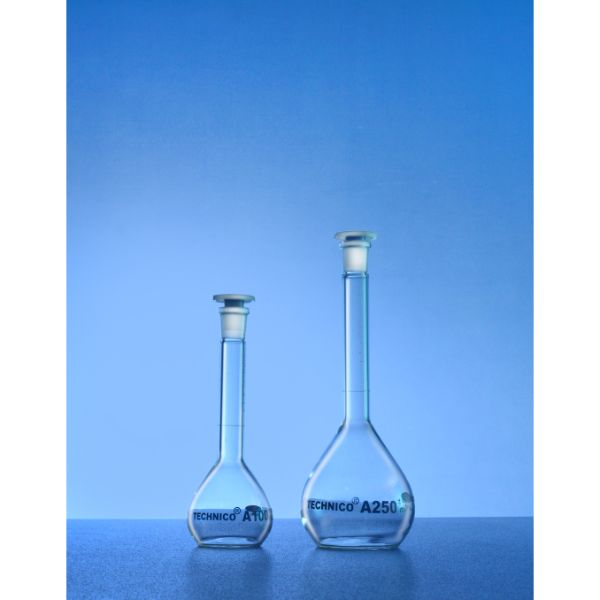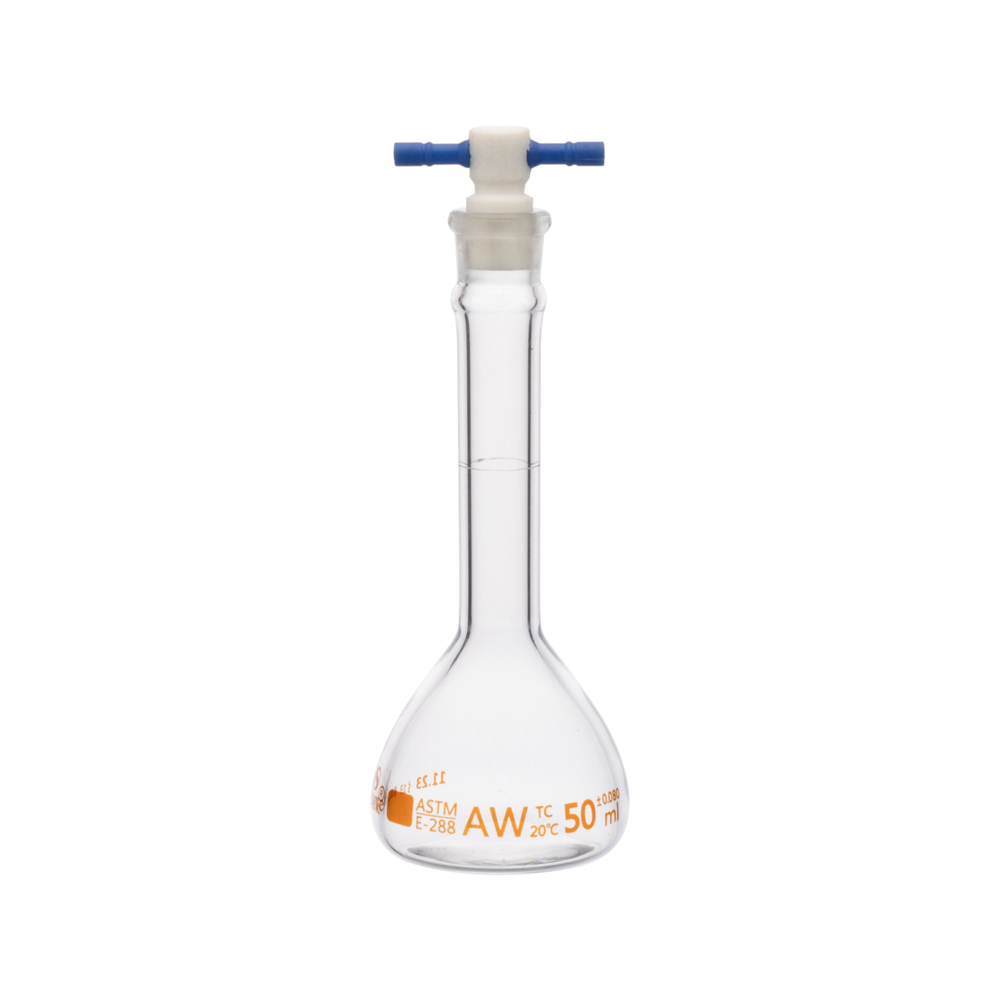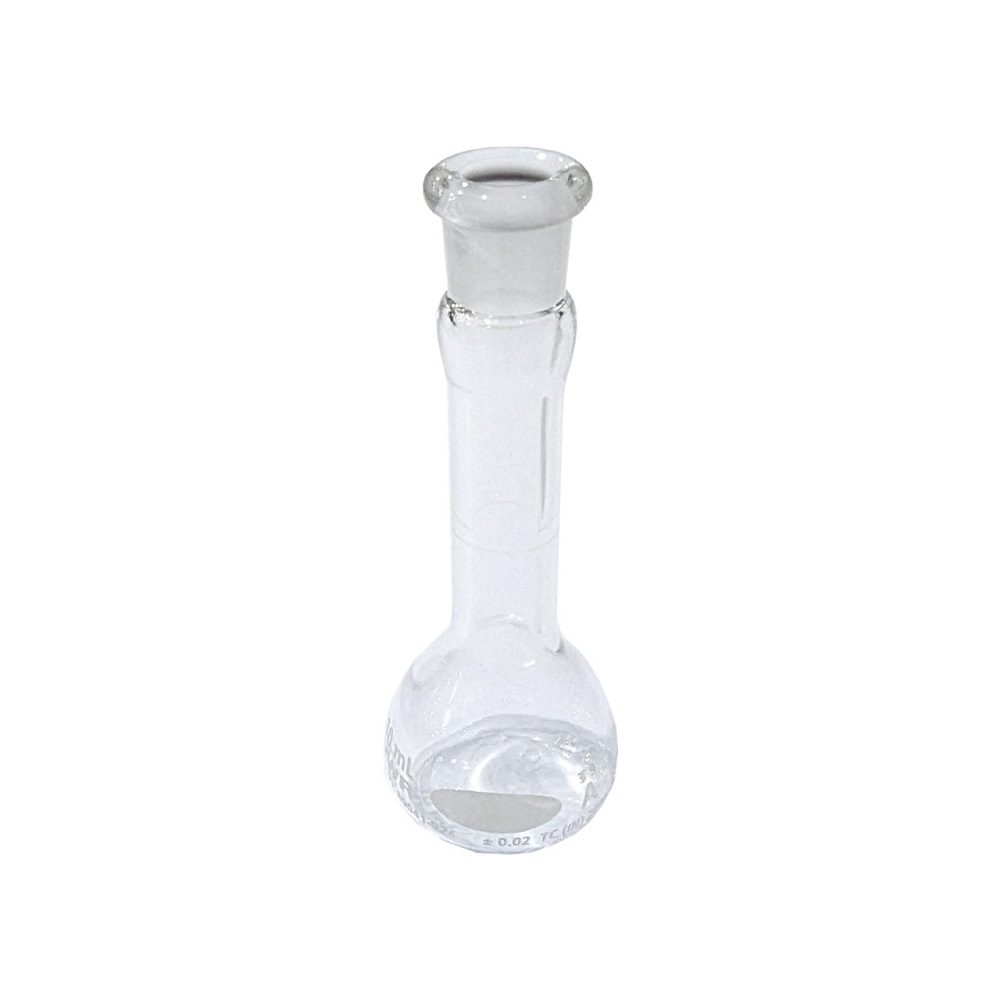Introduction to Flask Cleaning
Flask maintenance is crucial for both hygiene and durability. In this guide, you’ll learn how to clean a flask effectively. Whether it’s a stainless steel vacuum flask, a simple water bottle, or a delicate flask used in a laboratory, understanding the proper cleaning techniques is essential. Regular cleaning ensures your flask remains safe for use, free of odors, and in good condition. This initial section provides a comprehensive overview of the materials and methods you’ll need to effectively clean your flask.
Essential Tools and Materials for Flask Cleaning
Cleaning a flask correctly requires certain tools and materials. Here’s what you’ll need to ensure a thorough clean.
Types of Brushes and Their Uses
Selecting the right type of brush is critical:
- Narrow bottle brushes are perfect for slim flasks. They reach into tight spaces.
- Soft sponge brushes suit delicate flasks. They clean without scratching.
- Stiff bristle brushes work well for sturdy stainless steel flasks. They scrub off tough residues.
- Flexible straw brushes clean flask lids and mouthpieces effectively.
When purchasing brushes, remember to choose quality over price. Brushes should be durable and long-lasting.
Cleaning Solutions: Soap vs Specialized Cleaners
You have two main cleaning solution options:
- Mild dish soap works well for most flasks. It’s safe and effective.
- Specialized flask cleaners target tough stains and odors. They can be more efficient for specific issues.
Always rinse your flask thoroughly after cleaning to remove any solution residue. In the next section, we’ll delve into the detailed steps of how to clean a flask step-by-step.

Step-by-Step Cleaning Guide
This guide takes you through a detailed process on how to clean a flask.
Pre-Rinse and Initial Assessment
Before you start, inspect the flask. Check for residues or spots. Fill the flask with warm water. Swirl it around to loosen debris. Empty the rinse water out.
Detailed Scrubbing Techniques
Next, select your brush. For tough grime, use a stiff bristle brush. For general cleaning, a narrow bottle brush works great. Apply dish soap or a specialized cleaner to your brush. Scrub the inside of the flask in gentle, circular motions. Do not forget the bottom and corners. Clean the flask’s mouth and lid with a straw brush.
Rinsing and Drying
After scrubbing, rinse the flask multiple times. Ensure no soap remains. Turn the flask upside down to drain the water. Dry it with a clean cloth or leave it to air dry completely.
Dealing with Tough Stains and Odors
In the life of any flask owner, tough stains and unpleasant odors are inevitable. But, worry not! The right approach can make your flask shine and smell fresh again.
Natural Solutions for Stubborn Stains
For those stubborn stains that seem to laugh in the face of regular cleaning, natural solutions can be your best friend. Here are some top contenders:
- Baking soda paste: Mix baking soda with water to form a paste. Apply it to the stains, let it sit for a few minutes, and scrub away.
- Vinegar soak: Fill your flask with a mixture of equal parts water and white vinegar. Leave it for several hours before rinsing thoroughly.
- Lemon juice rinse: Lemon juice is great for tackling stains and odors. Add some to water, swirl it around the flask, and rinse after a few minutes.
These natural cleaners are safe for most flask materials and are gentle on the environment.
Techniques to Eliminate Persistent Odors
Sometimes a flask might look clean but still has a lingering smell. Here’s how to tackle those odors:
- Charcoal: Place a piece of charcoal inside the flask. Leave it overnight. Charcoal naturally absorbs odors.
- Coffee grounds: Fill a small fabric pouch with coffee grounds and place it in your flask. The grounds will absorb the odor, leaving a fresh coffee scent.
- Baking soda: Just like for stains, baking soda can eliminate smells. Leave a mixture of baking soda and water inside the flask overnight.
Rinse your flask thoroughly after using any of these techniques to make sure there’s no residue left. With these strategies, your flask is sure to return to a like-new state, both in appearance and smell.

How Often Should You Clean Your Flask?
Daily Maintenance Tips
To keep your flask in top shape, a quick daily rinse is ideal. After each use, simply fill it with warm water, give it a good shake, and empty it out. This will help remove any immediate residue and prevent odors from developing. If you’ve been using it for beverages that can leave a scent or stain, like coffee or tea, a mild soapy rinse will do wonders. Just ensure you rinse the soap out completely.
Deep Cleaning Schedules
A thorough deep clean is important to schedule, regardless of daily maintenance. Aim for a deep clean once a week if you use your flask regularly. During this clean, use the detailed scrubbing techniques we discussed earlier to reach every nook and cranny. If your flask sees lighter use, a bi-weekly deep clean may suffice. Mark a day in your calendar as ‘flask cleaning day’ to stay on track. Finally, if your flask has been idle for a long period, be sure to give it a detailed clean before use. This keeps you safe from any bacteria that may have built up while in storage.
Innovative Cleaning Hacks for Flasks
When regular cleaning doesn’t cut it, it’s time to think outside the box. There are plenty of unconventional, yet effective cleaning hacks you can try for your flask. These methods go beyond the standard scrubbing and can bring a new level of cleanliness to your trusty flask. Embracing these innovative ideas can save you time and enhance your flask’s longevity.
DIY Cleaning Solutions
Creating your own cleaning solutions can be both cost-effective and environmentally friendly. Here are a couple of DIY ideas:
- Rice as an abrasive: Fill your flask with a handful of rice, a squirt of dish soap, and warm water. Shake vigorously. The rice acts as a gentle abrasive to scrape away residue.
- Denture cleaning tablets: Drop a couple of denture cleaning tablets into your flask filled with water. Let it sit for a few hours, then rinse well. These tablets are designed to break down residues and can be surprisingly effective.
Unconventional Tools and Methods
Sometimes, you need to think creatively about the tools you use. Consider these alternatives:
- Magnetic scrubbers: These are a pair of magnets, one inside the flask and one outside. Move the outside magnet around to clean the inside surfaces without scratching.
- Bottle cleaning beads: Small stainless steel beads can be used to scrub the interior of your flask. Swirl them around with a bit of water and soap for a thorough clean.
- Silicone baking mats: Cut a piece of a silicone baking mat and use it to scrub the inside of your flask. It’s flexible and gentle on surfaces.
No matter which hacks you try, always remember to rinse your flask thoroughly afterwards to ensure no cleaning residue is left behind. With these innovative cleaning hacks for flasks, maintaining the hygiene and longevity of your container has never been easier—or more creative!

Maintaining Your Flask for Longevity
To keep your flask in prime condition, regular maintenance is key. Stick to a daily rinse and a weekly deep clean. Use natural cleaners like baking soda and vinegar for stubborn spots. Embrace DIY cleaning solutions and innovative tools to tackle tough stains and odors. With proper care, your flask will stay fresh, odor-free, and last for years to come.
